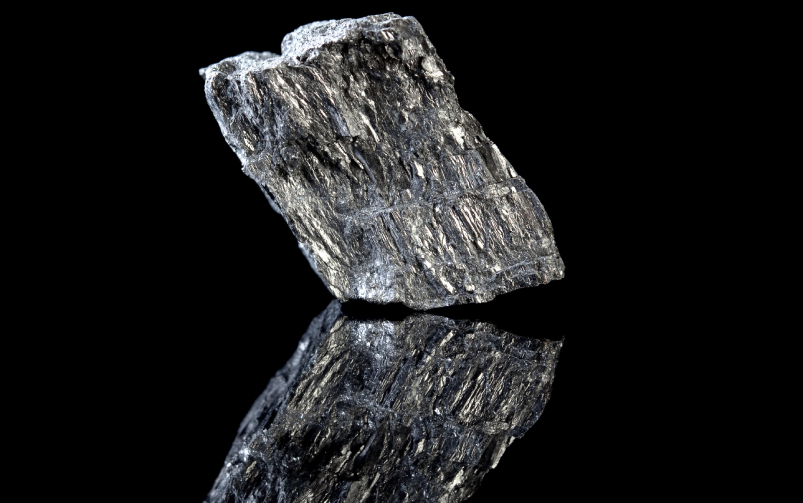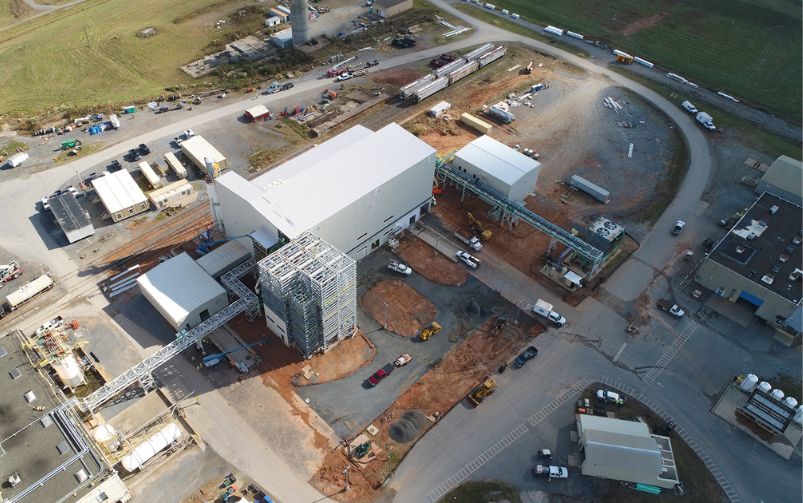Mitsubishi Materials invested $21.3 million in Western Copper and Gold to help the company advance its Casino copper-gold-molybdenum project in Yukon Territory. Courtesy of Western Copper and Gold
Welcome back to your weekly mining news recap, where we catch you up on some of the news you may have missed. In this week’s headlines, the Federation of Sovereign Indigenous Nations challenges Saskatchewan’s critical minerals plan, Lundin takes a stake in a Chilean copper mine and Vale is fined by the Ontario labour ministry.
Canada’s federal budget, released Tuesday, aimed to push the country closer to a net-zero economy with new supports for critical minerals and clean tech. The Mining Association of Canada and Prospectors and Developers Association of Canada both lauded in particular the government’s introduction of a refundable tax credit of up to 30 per cent of the cost of investment in new machinery and equipment for extraction, processing and recycling of lithium, cobalt, nickel, graphite, copper and rare earth elements.
Leaders of four Ontario First Nations called out the provincial government on Wednesday for inadequate consultation around mining development, and for proposed changes to the Mining Act that would speed up the time it takes to get mines built. Leaders of the Neskantaga, Grassy Narrows, Muskrat Dam and Kitchenuhmaykoosib Inninuwug First Nations said they had not provided their free, prior and informed consent to mining development on their lands, and spoke out against increased staking around their communities.
Just two days earlier, the Federation of Sovereign Indigenous Nations (FSIN) in Saskatchewan laid claim to all the province’s critical minerals and rare earth elements after the provincial government announced its new critical minerals strategy, the CBC reported. The FSIN said the provincial strategy infringes on its inherent and treaty rights through Treaties 4 and 6. The FSIN said the treaties gave settler signatories the right to land that is “plough deep” for agricultural purposes, but not to the minerals deeper below the surface.
The International Council on Mining and Metals (ICMM) and German electric mobility nonprofit Charging Interface Initiative e.V. (CharIN) launched a task force to accelerate progress on zero-emission mining vehicles. The partnership will allow the ICMM to investigate technical bottlenecks around the interoperability of battery-electric charging systems. Task force participants include BHP, Rio Tinto, Shell, ABB and GHD Group.
U.S. President Joe Biden’s visit to Ottawa last week brought plenty of news for miners. Biden announced that later this spring, the United States military will deliver funds to critical minerals projects in both the U.S. and Canada, CBC News reported. The funding is meant to help speed up the development of the critical minerals industry in North America and reduce the U.S.’s reliance on China for critical minerals. Canada and the U.S. also pledged to reach a deal, known as a joint reference, to “reduce and mitigate” the impact of selenium runoff in the Kootenays region of British Columbia by summer, as reported by the Canadian Press. Indigenous leaders on both sides of the border expressed caution about Ottawa’s agreement to lower pollution in B.C.’s Elk Valley, as the Canadian government has been slow to act in the past.
Ontario’s labour ministry fined Vale Canada $175,000 for an August 2020 rock burst that injured two workers, one critically, at the company’s Garson mine in Sudbury, CTV News reported. Vale was also issued a 25 per cent victim fine surcharge. An investigation by the ministry found that the rock burst was caused by an “undiscoverable angular plane in the rock” that Vale and its ground control engineers could not possibly have detected. But more rock was being removed than had been modelled on survey prints, and those conditions were not communicated to Vale’s ground control engineers. A Vale spokesperson said the company has updated its policies to reduce the risk of future similar events.
Lundin Mining took a majority interest in the Caserones copper-molybdenum mine in Chile for US$950 million, as reported by Mining Technology. Lundin acquired a 51 per cent stake in mine owner SCM Minera Lumina Copper Chile from JX Nippon Mining & Metals. The Caserones mine in the northern Chilean Andean Cordillera contains an open pit mine, conventional sulfide flotation plant and a dump leach, solvent extraction and electrowinning plant.
Mitsubishi Materials invested $21.3 million in Western Copper and Gold to help advance the Casino copper-gold-molybdenum project in Yukon Territory, as reported by North of 60 Mining News. Western Copper and Gold published a preliminary economic assessment in 2021 that proposed an open-pit mine and process plant with a daily throughput of 120,000 tonnes, a heap leach facility that would process 25,000 tonnes per day and a mine life of 25 years. The estimated capital cost for the project was $3.25 billion.
Sayona Mining restarted commercial spodumene concentrate production at its North American Lithium (NAL) project in Quebec it jointly owns with Piedmont Lithium. NAL is expected to be the only major North American source of new spodumene production in the next two years, with Sayona aiming to produce 226,000 tonnes per year. The company said it expects first commercial shipments to begin the third quarter of 2023.
As the demand for lithium to power electric vehicle batteries continues to grow, a novel method for mining it — extracting it from clay — is gaining popularity, CIM Magazine freelancer Sarah Treleaven reported in a story from the magazine’s February issue. Lithium is typically found in fluids beneath salt flats or in igneous rock, but another type of lithium deposit occurs in the sedimentary basins where oil and gas are also found. This lithium generally contains a low concentration, under 0.01 percent, though initiatives are in progress to extract the resource from clay using different techniques.
That’s all for this week. If you’ve got feedback, you can always reach us at editor@cim.org. If you’ve got something to add, why not join the conversation on our Facebook, Twitter, LinkedIn, or Instagram pages?
Next week’s recap will go out on Thursday night, ahead of Good Friday.




